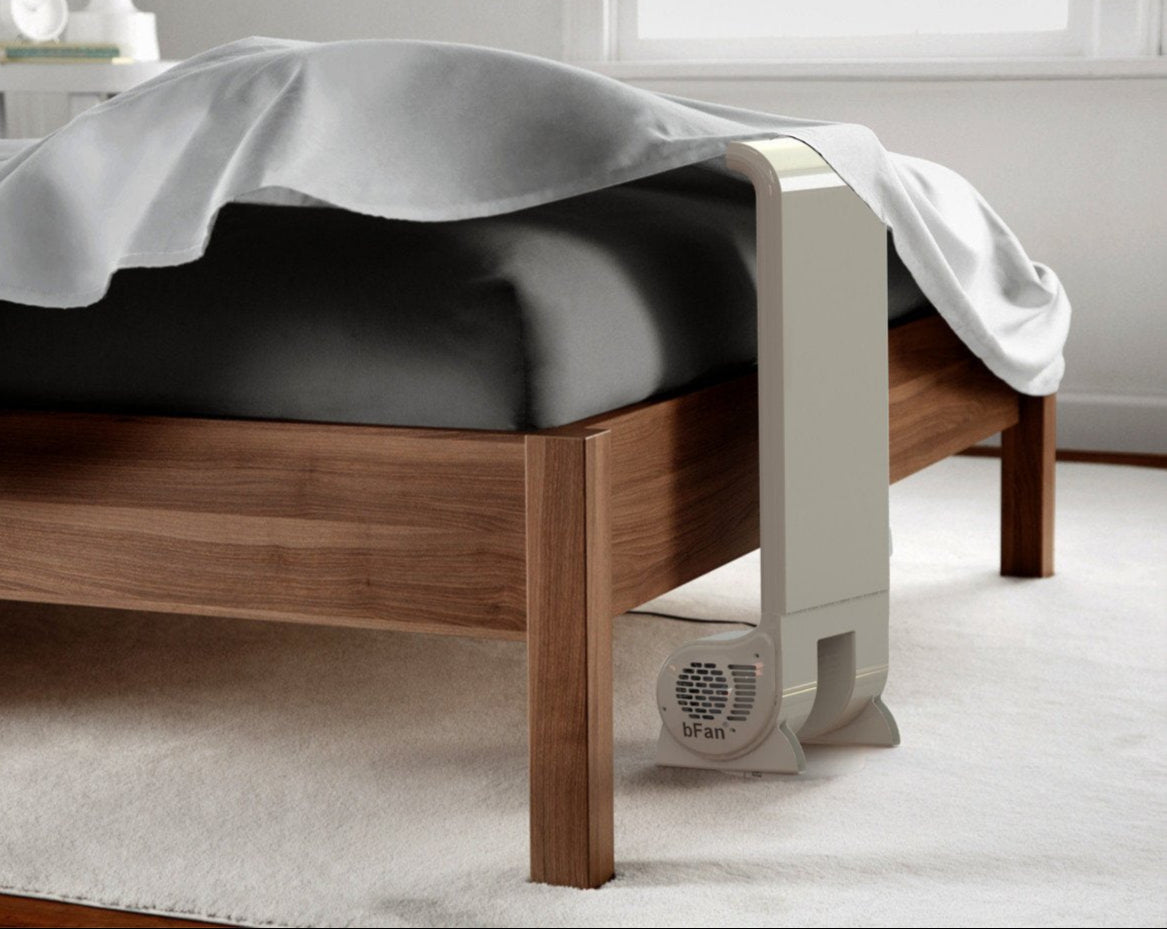How long do hot flashes last after menopause?
Hot flashes are one of the most common side effects that women who are going through menopause deal with. Hot flashes feel like a sudden rush of warmth that spreads across the upper chest, neck, and face. Hot flashes can also cause the skin to redden and give a "blushing" appearance. Sweating during the hot flash is also commonplace. It's not uncommon to feel really cold after the hot flash has ended. A less common symptom of hot flashes is a rapid heartbeat, which lets up as the hot flash ends. Hot flashes generally last a minute or two, but they can last up to five minutes long for some women!
As previously mentioned, hot flashes generally occur due to menopause. Not much is known about why menopause causes hot flashes, but it is usually believed that they are caused by the hormonal imbalance that menopause causes. One aspect of the hormonal changes that play a part in hot flashes is the lowered estrogen levels that cause the hypothalamus (the part of the brain controlling body temperature) to be overly sensitive to temperature change. The hot flash occurs in response to your body thinking that you're too hot. The hot flash is intended to cool down an overheating body, but for women going through menopause, it just causes discomfort.
Menopause is a period in a woman's life that begins 12 months after their last period. However, there is also a period of seven to fourteen years before menopause officially begins, where the woman's body is going through pre-menopausal changes. This time frame is known as perimenopause. Perimenopause most often starts between the ages of 45 and 55. Hot flashes generally begin in perimenopause and last through menopause, along with a handful of other symptoms, such as night sweats, mood changes, and weight gain.
One of the most significant downsides to hot flashes is that they have the potential to last way past the end of menopause. Unfortunately, there are no good ways to determine how long hot flashes will affect someone going through perimenopause, menopause, and beyond. Hot flashes can continue for as long as ten years after the woman's last menstrual cycle. Some women have even reported getting hot flashes even into their 70s. Hot flashes can last for a long time compared to other symptoms because their root cause (low estrogen levels) can affect the body for years.
Luckily, regardless of how long the hot flashes last, there are a lot of ways to help reduce their effects. First of all, if the hot flashes are severely getting in the way of everyday life, you should contact your doctor to look into medical treatments, such as hormone replacement therapy to rebalance the hormones. In addition, there are plenty of other at-home methods to help cool you down when the hot flashes are flaring up. For example, dressing in light, breathable layers helps by keeping the body cool and allowing you to remove excess layers when necessary. You can also carry around a small, portable fan to cool yourself down when hot flashes strike. Similarly, hot flashes occurring at night and disrupting sleep can be relieved through the use of the BedFan. The BedFan blows under the covers and across the body to provide the ultimate relief from overheating and help you get a good night's sleep.
Share

